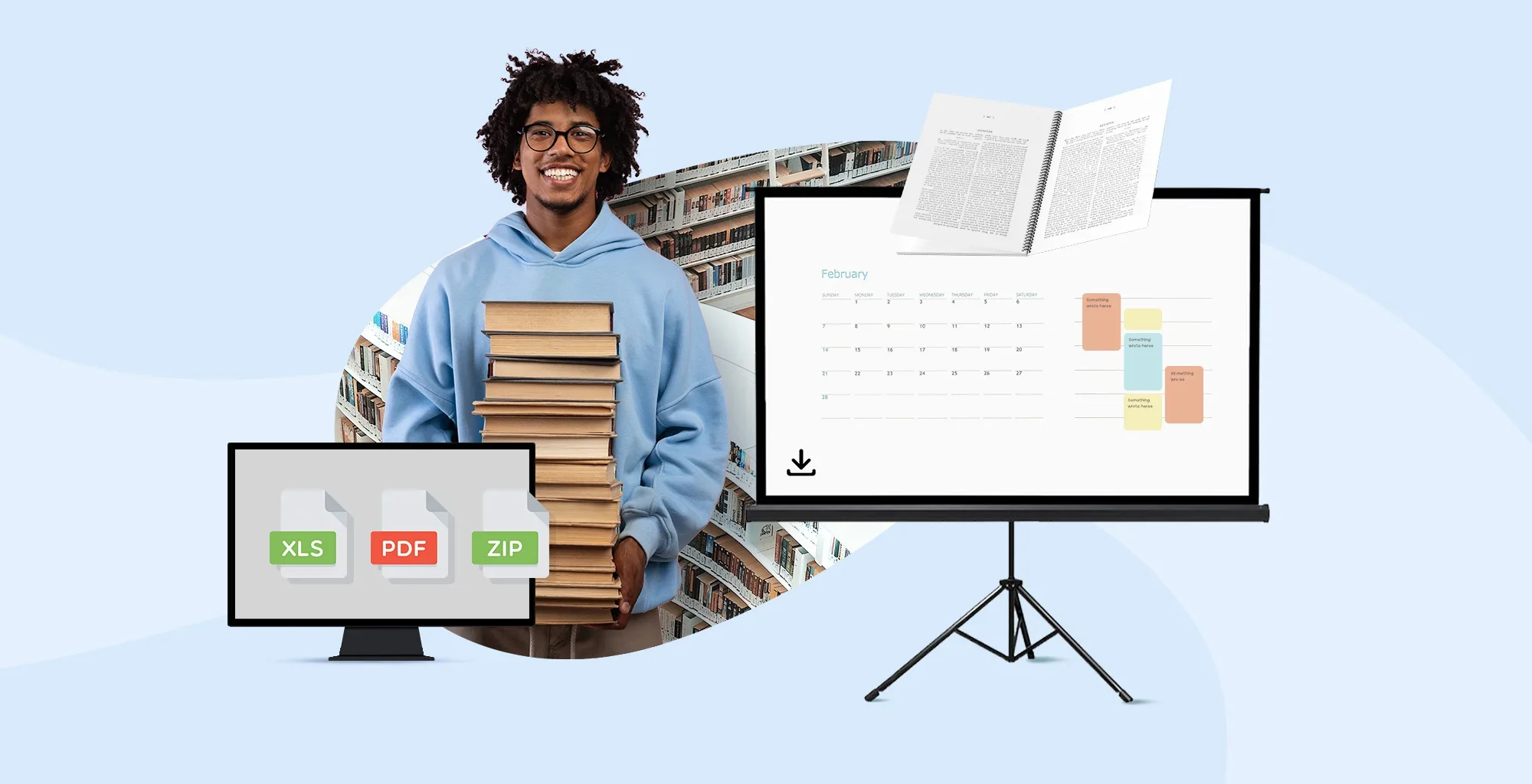As a secondary school teacher, you are undoubtedly always on the lookout for new strategies and methods to keep your teaching fresh and engaging. We know the importance of effective lesson planning and how it can be the difference between an organized, well-structured class and a chaotic one. Today we want to share a valuable lesson planning secret that could significantly improve your teaching approach.
Introducing: Backward Design
Backward Design is an innovative lesson planning method that puts the focus on the desired learning outcomes first, before moving on to designing the activities, materials, and assessments for a given lesson or unit. Instead of starting with the content you wish to teach, you begin by identifying what you want your students to be able to do or understand by the end of the lesson.
Here’s how it works:
1. Identify Desired Outcomes:
Start by pinpointing specific goals or objectives for your students’ learning. What do you want them to know or be able to do at the end of your lesson? These should be concise, measurable, and achievable statements known as learning outcomes.
2. Create Assessments:
Before diving into activities and content, consider how you will measure whether or not your students have achieved the identified outcomes. Develop assessments that will provide both formative (along the way) and summative (at the end) feedback regarding your students’ understanding.
3. Plan Learning Experiences:
Now that you have a clear idea of where your students need to end up and how you will measure their success, plan the sequence of activities that will help them reach those goals. Take into consideration each student’s unique learning style and create opportunities for differentiation.
Why adopt Backward Design?
– Greater Focus: By starting with clear objectives in mind, this approach ensures that everything included in your lesson is purposeful and directly related to achieving a specific outcome.
– Improved Assessment: With the focus on learning outcomes, your assessments will be directly tied to measuring student progress toward those goals. This creates meaningful feedback for both teachers and students.
– Student-Centered Instruction: Backward Design encourages teachers to consider the individual needs of their students when planning lessons, not just what content needs to be covered. This leads to more engaging, personalized instruction.
Final Thoughts
The Backward Design method represents a shift in the traditional approach to lesson planning – one that puts the emphasis on clear objectives, thoughtful assessments, and student-centered learning experiences. By adopting this secret strategy, you’ll likely find yourself with well-structured and organized lessons that do an exceptional job of preparing your students for success. Give it a try and watch as your teaching practice is transformed!










